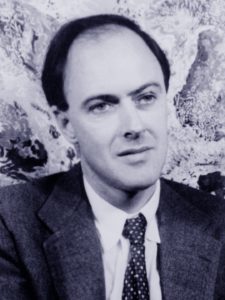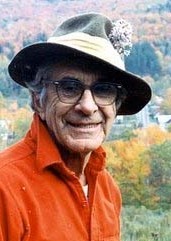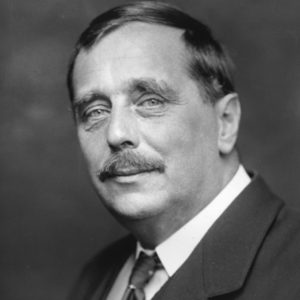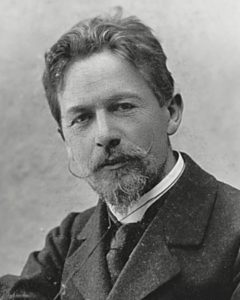We have decided to create the most comprehensive English Summary that will help students with learning and understanding.
The Wonder Called Sleep Summary Class 6 English A Pact With the Sun
The Wonder Called Sleep Summary in English
What is sleep? What causes sleep? The answer is that sleep is a state of rest. It is caused by tiresome activities of the day.
What happens when we are asleep? Well, we have dreams. We remember one or two dreams and forget the rest.
What happens to our body while we are sleeping? Our heartbeat becomes slower. Our blood pressure also goes down.
What is a dream? It is an activity of the mind when we are asleep. Some dreams are believable, others are not. Many of the things that happen in dreams won’t happen when we are awake.
Dreams are important for several reasons. They help us sleep in spite of the noise or other disturbances. We keep dreaming and sleeping even when the telephone or doorbell rings.
Some doctors say that one’s dream often tells a great deal about one’s problems. They can also suggest a solution to those problems. But one thing is certain. Dreams can never tell about the future.
Sleep is the most common experience. But we rarely think about the wonder and power of sleep. Sleep makes us lose our way in a dark forest. Nobody can give a slip to sleep for long.
The Wonder Called Sleep Summary in Hindi
नींद किसे कहते हैं? नींद आने का कारण क्या होता है? उत्तर यह है कि नींद एक प्रकार की विश्राम की अवस्था है। इसका कारण होता है दिन-भर की थका देने वाली भागदौड़।
हम जब निद्रावस्था में होते हैं तो क्या होता है? हम सपने देखते हैं। हमें एक-दो सपने तो जाग जाने पर याद रह जाते हैं, शेष भूल जाते हैं।
जब हम सो रहे होते हैं तो उसका शरीर पर क्या असर होता है? हमारी हृदय गति मंद पड़ जाती है। हमारे शरीर का तापमान (रक्तचाप) भी कम हो जाता है।
सपना क्या बला है? यह मस्तिष्क की एक क्रिया है जो निद्रावस्था में होती है। कुछ सपने तो संभावित होते हैं, अन्य असंभव। सपने में घटने वाली अनेक बातें हमारी जागत अवस्था में कभी नहीं घट सकती।
सपने कई कारणों से महत्त्वपूर्ण होते हैं। वे शोरगुल अथवा अन्य विघ्न बाधाओं के बावजूद हमें सोने देते हैं। हम नींद में सपने उस समय भी देखते रहते हैं जब फोन की घंटी या काल बेल बजती है।
कुछ डॉक्टर कहते हैं कि व्यक्ति के सपने प्रायः उसकी समस्याओं से जुड़े होते हैं। सपने उन समस्याओं का समाधान भी सुझा सकते हैं। पर एक बात निश्चित है, वे कभी भविष्य की बात नहीं बताते।
नींद एक आम अनुभव है। पर हम विरले ही इसके आचर्यजनक प्रभाव तथा शक्ति पर विचार करते हैं। नींद में हम एक जैसे घने अँधेरे जंगल में रास्ता भटक रहे होते हैं। कोई भी व्यक्ति नींद से लम्बे समय तक किनारा नहीं कर सकता।



